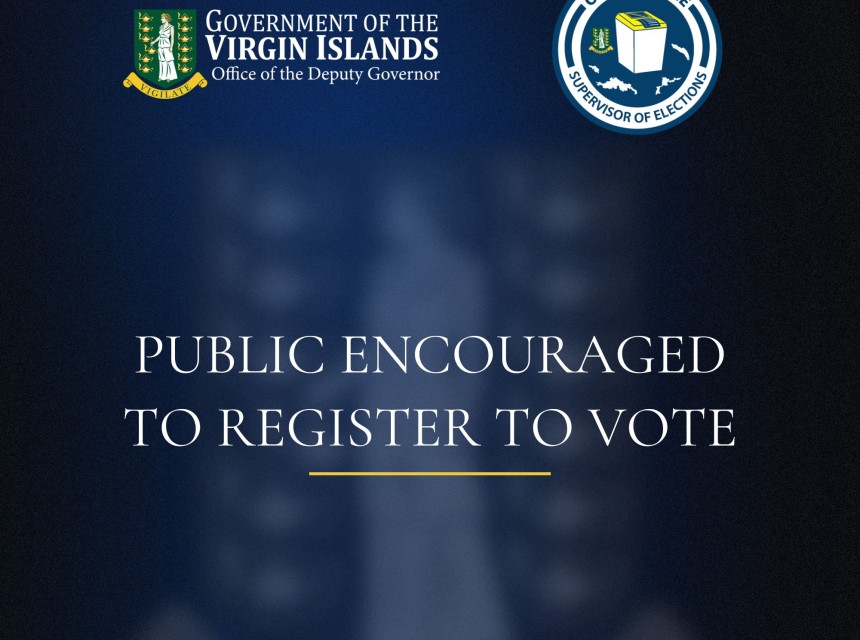Kenrico O. Wheatley Jr. Appointed Deputy Supervisor of Elections
The Office of the Deputy Governor of the Virgin Islands announces the appointment of Mr. Kenrico O. Wheatley Jr. as Deputy Supervisor of Elections in
More
...






